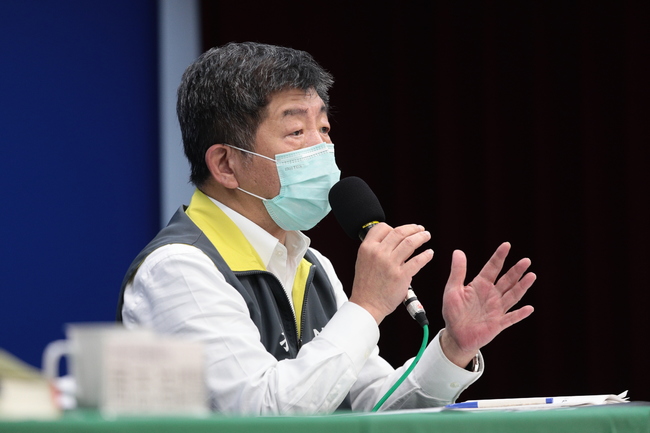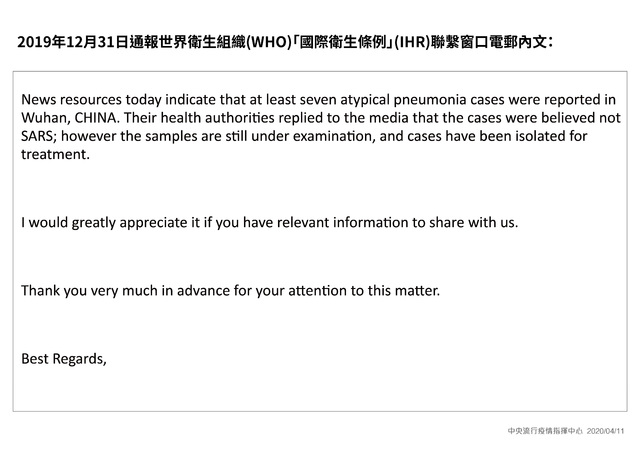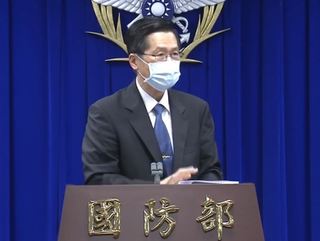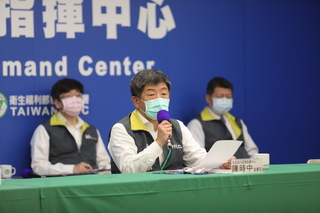
蘇偉樺 綜合報導 / 台北市
針對世界衛生組織(WHO)否認我國曾警告COVID-19(武漢肺炎)可能人傳人一事,中央流行疫情指揮中心指揮官陳時中今(11)日除了整理5點聲明,也公開往來電郵內容,方便大眾釐清始末。
指揮中心發表聲明如下:
【中文版】
1.疾病管制署自網路上得知,在中國武漢市發生至少七例非典型肺炎(atypical pneumonia)。中國慣稱SARS為「非典型肺炎」,此為冠狀病毒引起嚴重人傳人的疾病。
2.由於SARS的經驗,讓我們對本次疫情訊息感到高度警惕,因此隨即在2019年12月31日以電郵方式通報世界衛生組織(WHO)「國際衛生條例」(IHR)聯繫窗口,要求其提供進一步資訊。由於當時疫情資訊不明,各項傳聞紛紛,為使各方能有高度警覺,尤其相關疫情爆發時序已接近有大量人流移動之中國春節。為求慎重,我方在電郵中特別提及「非典型肺炎」、尤其「病患已進行隔離治療」,公衛專業人員即能由此研判該等病例有「人傳人」的可能。但我國尚未有病例,無法直接明示該疾病已人傳人。
3.疾管署同時也聯繫中國疾病控制中心,希望取得更多疫情資訊。惟WHO IHR聯繫窗口僅回覆稱,已將我資訊轉給相關單位;中方則僅提供我方一則新聞稿。
4.由於我們強烈懷疑已有人傳人現象,且無法透過既有管道獲得釐清,我政府隨即於通報確認同日,依據有人傳人可能性的處理程序,啟動邊境檢疫強化措施,並針對從武漢入境班機派員進行登機檢疫作業。
5.疾管署也在1月中旬派遣專家去武漢瞭解疫情狀況、防治作為及病患暴露史。依據初步的研究,我們研判該肺炎確實會人傳人。
【英文版】
In response to WHO’s denial that Taiwan ever alerted it to the possibility of human-to-human transmission of COVID-19, the Central Epidemic Command Center makes the following statement today, April 11:
1.The Taiwan Centers for Disease Control (Taiwan CDC) learned from online sources that there had been at least seven cases of atypical pneumonia in Wuhan, China. In China, the term “atypical pneumonia” is commonly used to refer to SARS, a disease transmitted between humans caused by coronavirus.
2.Owing to its experience with the SARS epidemic in 2003, Taiwan vigilantly kept track of information about the new outbreak. On December 31, 2019, Taiwan sent an email to the International Health Regulations (IHR) focal point under the World Health Organization (WHO), informing WHO of its understanding of the disease and also requesting further information from WHO. Given the lack of clarity at the time, as well as the many rumors that were circulating, Taiwan’s aim was to ensure that all relevant parties remained alert, especially since the outbreak occurred just before the Lunar New Year holiday, which typically sees tremendous amounts of travel. To be prudent, in the email we took pains to refer to atypical pneumonia, and specifically noted that patients had been isolated for treatment. Public health professionals could discern from this wording that there was a real possibility of human-to-human transmission of the disease. However, because at the time there were as yet no cases of the disease in Taiwan, we could not state directly and conclusively that there had been human-to-human transmission.
3.The Taiwan CDC also contacted the Chinese Center for Disease Control and Prevention in a bid to obtain more information. However, in response to our inquiries, the WHO IHR focal point only responded with a short message stating that Taiwan’s information had been forwarded to expert colleagues; China provided only a press release.
4.Even though Taiwan strongly suspected that human-to-human transmission of the disease was already occurring at the time, we were unable to gain confirmation through existing channels. Therefore, on the day the aforementioned email was sent to WHO, the Taiwan government activated enhanced border control and quarantine measures based on the assumption that human-to-human transmission was in fact occurring. These measures included screening passengers on flights from Wuhan prior to disembarkation.
5.In mid-January, the Taiwan CDC dispatched experts to Wuhan to gain a better understanding of the epidemic, the control measures taken there, and patients’ exposure history. Based on preliminary research, Taiwan determined that this form of pneumonia could indeed spread via human-to-human transmission.
新聞來源:華視新聞





















讀者迴響